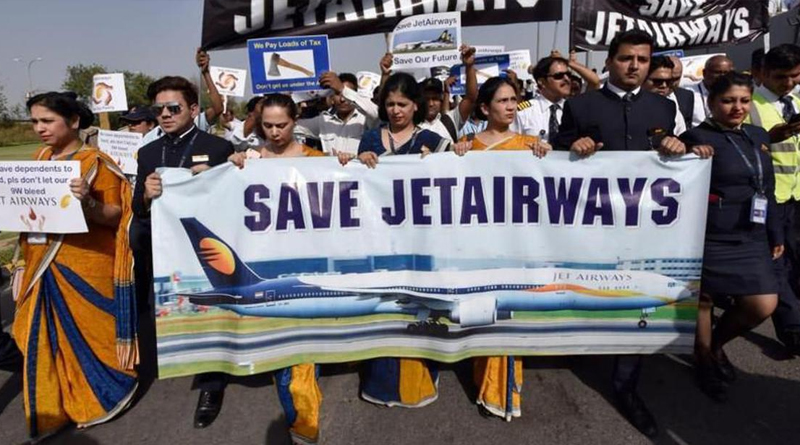Gloom surrounds the end of the decade of the 2010s. The euphoria of the 2000s has been replaced by sulky disappointment as the 2010s end. This is not just a cyclical downswing. Something deeper has gone seriously wrong.
In the 1990s, India gradually dismantled a very uncompetitive industrial structure created during decades of protection behind high tariff walls. This paid off in the 2000s. India soared to world class in three sectors — software/BPO, pharmaceuticals, and auto.
Indian enterprise liberated by economic reform seemed set to conquer ever more areas. Alas, not a single new world-class sector has come up in India in the 2010s. What looked like an irresistible new force in the 2000s has come to a dead stop in the 2010s. How?
In the 1990s, Indian industry struggled in a liberalised economy. Many industrial giants of the 1980s crashed, including Hindustan Motors, Premier Auto, JK Synthetics (once the top manufacturer of synthetic fibres) and NOCIL (once the top petrochemical manufacturer). But others fared very well after liberalisation.
In the 2000s, Indian business came of age and soared. Software companies like TCS, Infosys and Cognizant became world famous. Reliance became a global giant in oil refining and petrochemicals. Bajaj Auto re-invented itself as a world-class motorcycle producer. The automobile sector became a global hub for not just the production of small cars but even R&D. Drug companies like Sun Pharma, Dr Reddy’s Labs and Lupin become major global sellers of generic drugs.
The trend changed In the 2010s. Many top corporates, including new post-liberalisation stars, crashed. The list included Essar, Ranbaxy, Zee, Jaypee, Bhushan, Videocon, Jet Airways, Anil Ambani and several infrastructure companies. New giants of a sort have come up as “unicorns” (unlisted companies worth a billion dollars) such as Flipkart, Ola Cabs, MakeMyTrip and Swiggy. However, almost all are imitators of Western e-commerce models, and lack the technological innovation of China’s Huawei or BYD. Most Indian unicorns make no profit, and are overwhelmingly owned by foreign investors. They do not seem capable of making India a global force, as companies in software, pharma and auto did in the 2000s.
The main reason is our third-rate education system. This can produce no more than a thin veneer of worldclass graduates. India produces millions of third-rate graduates from third-rate universities who are just unemployable. India’s veneer of excellence provided enough people to create three world-class sectors in the 2000s. It has proved insufficient to create any more in the 2010s.
India needs a totally new education system that emphasises academic excellence, world-class research, and world-class institutions. Unfortunately no political party gives priority to academic excellence. All focus much more on creating ever more quotas in educational institutions and jobs. Modi has taken this to a new high by reserving 10% of educational seats and jobs for economically weaker sections, including Muslims and Christians for the first time.
He is expanding the number of IITs and IIMs. A few excellent private institutions like the Indian School of Business and Ashoka University have come up. Alas, these are not remotely enough for a country of 1.3 billion.
One consequence is that the skill gap, and hence the economic gap, between China and India has widened sharply, and will keep widening. Ten years ago, former chief economic advisor Arvind Subramanian could write with optimism that while China was well ahead of India in attracting foreign direct investment (FDI), India had overtaken China in outward FDI — that is, in acquiring companies abroad.
Alas, many of those takeovers turned out to be big mistakes, not game-changers. Meanwhile China has managed acquisitions so much better that the USA sees Chinese acquisitions as a security threat gobbling up its best high-tech companies, and so stopped the Qualcomm-Broadcom merger.
In the 2000s, China was still a country using slave labour to export low-wage goods like garments. Today China has moved up the value chain to become a world leader in technologies of the future such as 5G telecom (Huawei), solar panels (JinkoSolar) and storage batteries (BYD). India is light years behind.
China has forged ahead because of its emphasis on educational excellence. It is determined to have the best universities and best research in the world. Its Thousand Talents programme attracts world-class academics by offering world-class salaries and research facilities. China has overtaken the US as the largest producer of academic papers published in journals.
No Indian political party campaigns for anything similar, and instead all clamour for more educational quotas and subsidies. That approach will doom India to failure in the 2020s.


